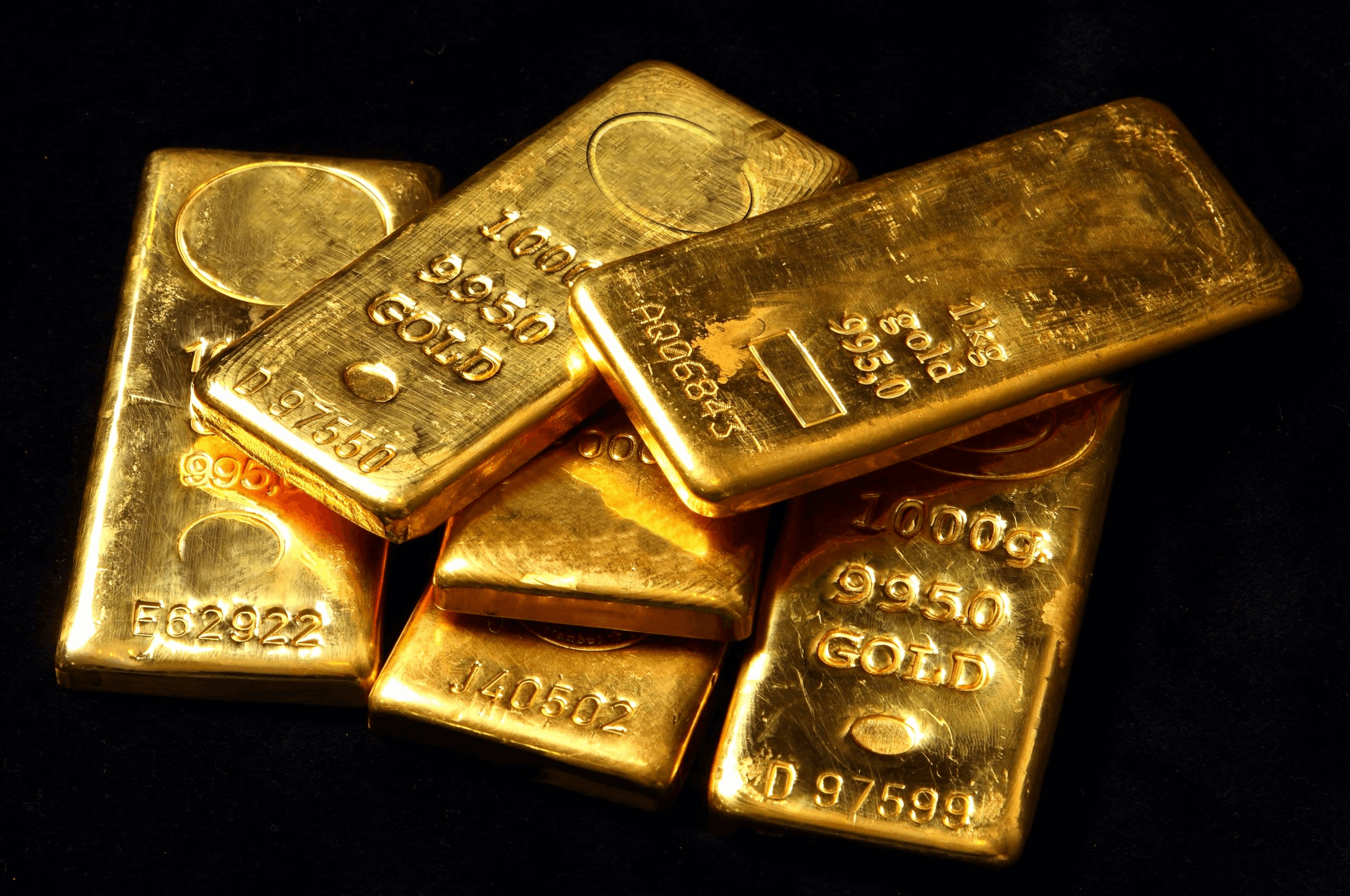Is Real Gold Magnetic?
In the world of precious metals, gold is one of the most sought-after commodities. It has been a symbol of wealth and power for centuries, and its value has only increased over time. But with so many different types of gold on the market, it can be difficult to know which is the real deal. One of the most common questions that comes up is whether or not real gold sticks to magnets. Below, the precious metals experts from First National Bullion and Coin, the best place to buy gold in San Diego, uncover the facts and discuss how you can test if gold is real.
Gold & the Science of Magnetism
Gold bullion is gold in its purest form. It is typically in the form of coins, bars, or ingots, and it’s usually 99.99 percent pure. Gold bullion is often purchased as an investment, as its value can appreciate over time. It’s also popular among collectors, as it’s a tangible asset that’s easy to store and transport.
Real gold bullion doesn’t stick to magnets. Gold isn’t magnetic, so it doesn’t have the ability to be attracted to a magnet. However, a magnet can be used to test if gold is real or not. If the gold isn’t attracted to the magnet, it’s likely to be real gold.
Magnetic attraction is the result of electrons, which are tiny particles that carry a negative charge. Electrons are found in all elements, including gold. However, gold has fewer electrons than other elements, which means it’s not as strongly attracted to a magnet.
Some types of gold, such as gold-plated items and gold that has been alloyed with other metals, may be attracted to magnets. This is because these types of gold have a higher concentration of electrons, which makes them more susceptible to magnetic attraction.
Other Ways to Test if Gold Is Real
The simplest way to test if gold is real is to perform a “scratch test.” This involves scratching the gold with a hard, sharp object such as a coin or a knife. If this leaves a yellow streak behind, it’s likely to be real gold.
You can also use a process called “acid testing.” This involves applying a drop of nitric acid to the gold. If the acid turns green, it’s likely to be real gold. However, if the acid turns black, it’s likely to be fake.
When it comes to testing if gold is real or not, magnets aren’t the best option. The best way to test if gold is real is to use a scratch test or an acid test. By following these tips, you can ensure your gold bullion is authentic.
Whether they’re looking to buy or sell palladium bars, silver bullion, or gold coins, San Diego residents trust the reputable dealers at First National Bullion and Coin. You can rely on our experienced professionals when you’re looking to add precious metals to your investment portfolio. Call one of our precious metals experts today at (858) 304-7580.
The statements made in this blog are opinions, and past performance is not indicative of future returns. Precious metals, like all investments, carry risk. Precious metals and coins may appreciate, depreciate, or stay the same in cash value depending on a variety of factors. First National Bullion does not guarantee, and its website and employees make no representation, that any metals for sale will appreciate sufficiently to earn the customers a profit. The decision to buy, sell, or borrow precious metals and which precious metals to purchase, borrow, or sell are made at the customer’s sole discretion.


